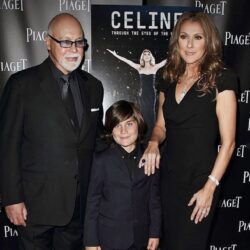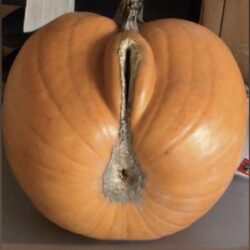-
The first symptoms are redness, pain, and swelling of the pinna. The person may have a fever. Pus accumulates between the cartilage and the layer of connective tissue around it (perichondrium). Sometimes the pus cuts off the blood supply to the cartilage, destroying it and leading eventually to a deformed ear (called cauliflower ear). Perichondritis can be destructive, recur, and last a long time.
Antibiotics and corticosteroids -
Removal of foreign objects, especially ear piercings through the cartilage part of the pinna
-
Warm compresses and incision and drainage of abscesses
-
Pain relievers
Doctors treat perichondritis with antibiotics (such as a fluoroquinolone—for example, ciprofloxacin) and often a corticosteroid by mouth. The choice of antibiotic depends on how severe the infection is and which bacteria are causing it.
Doctors remove any foreign objects, such as an earring or a splinter.
If people have an abscess (collection of pus), doctors make an incision to drain the pus, enabling blood to reach the cartilage again, and leave a small drain in place for 24 to 72 hours. Antibiotics are given by mouth. Warm compresses may also help. Doctors may stitch (suture) the perichondrium to the cartilage to ensure that it heals correctly and thus avoid a deformity of the outer ear.





